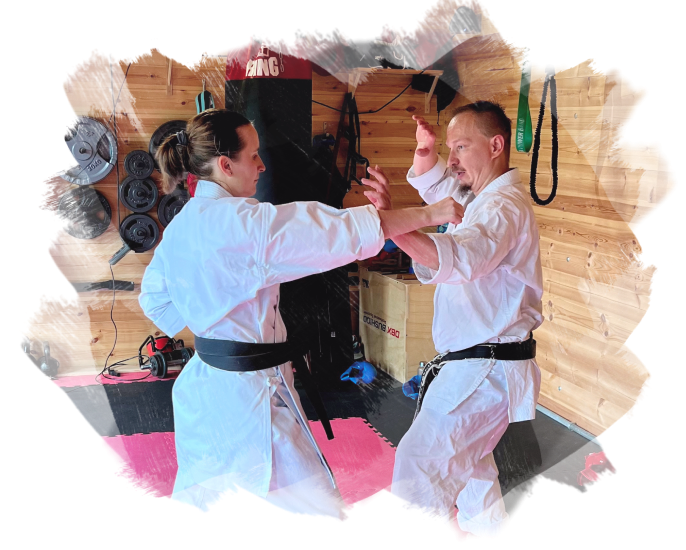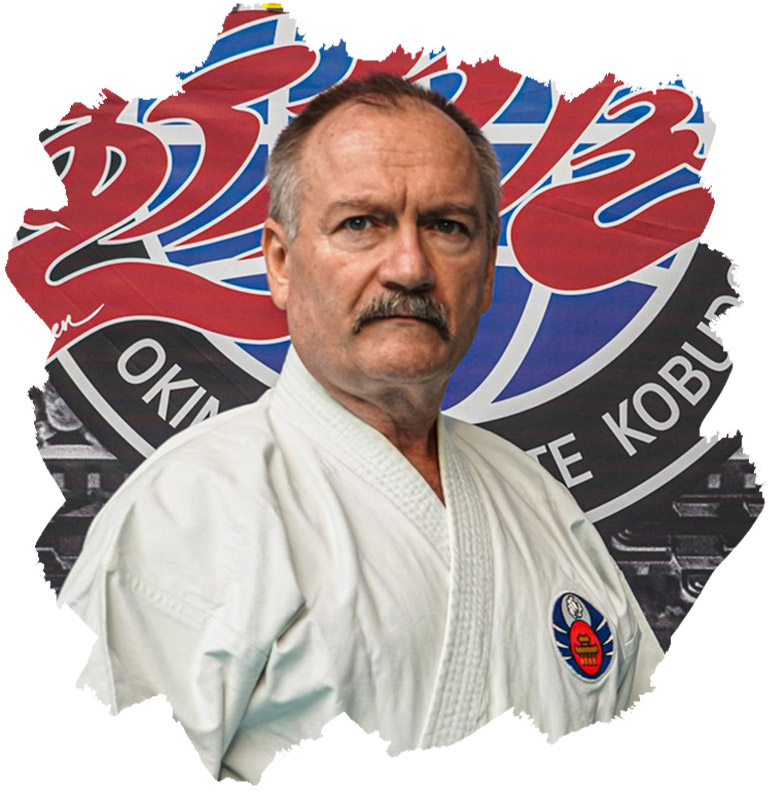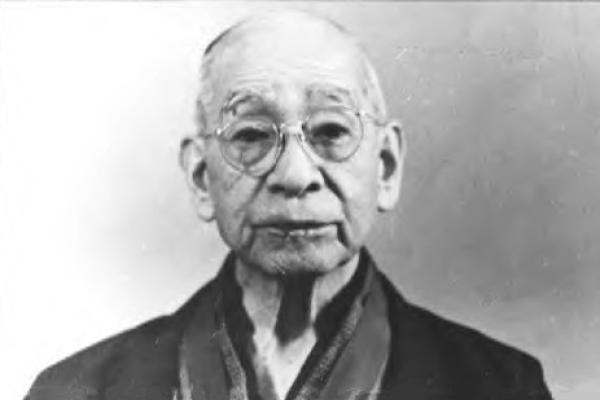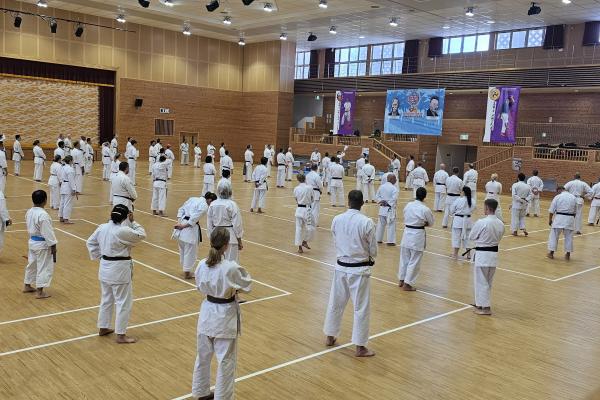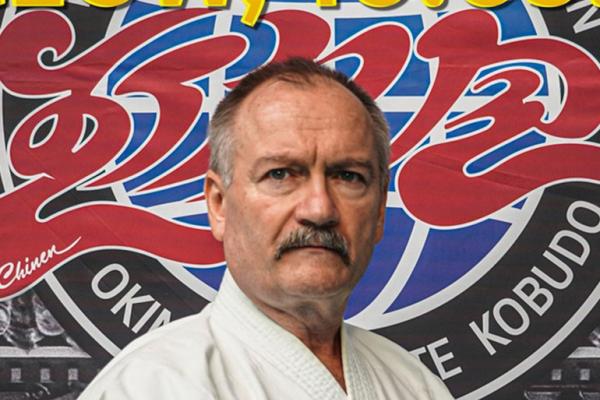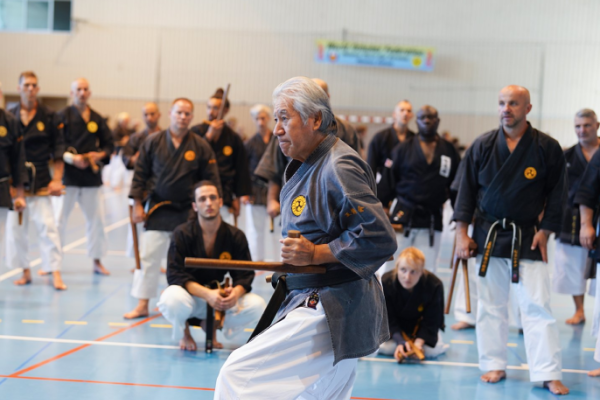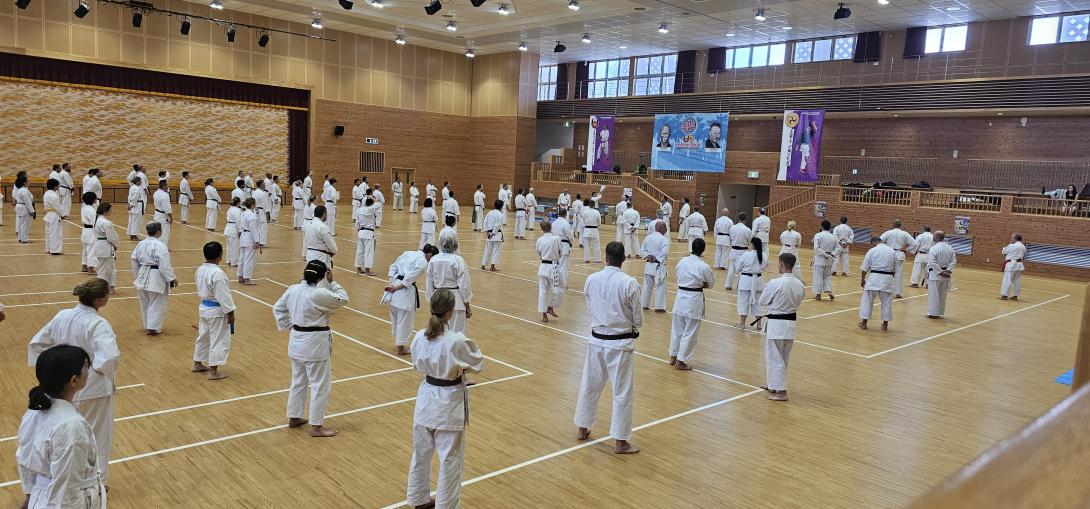
Shorin-ryu karate
Shorin-ryu is a traditional style of karate that originates from Okinawa, specifically from the Shuri region. The name "Shorin-ryu" literally means "school of a small forest" or "school of a small tree" and relates to the circumstances of the style's formation.
Shorin-ryu karate is a traditional martial art style originating from Okinawa, specifically the Shuri region. The name "Shorin-ryu" literally means "small forest school" or "small tree school," referring to the circumstances of its creation. It is one of the oldest karate styles, evolving from Okinawan local martial art "te," Chinese kung fu, and other martial traditions. Shorin-ryu is characterized by fast and dynamic techniques, with its practice focusing on kata (forms), kumite (partnered sparring), and self-defense techniques. It is one of many karate styles practiced worldwide and enjoys popularity among both beginners and advanced karate practitioners. Shorin-ryu organizations conduct regular training and examinations, allowing karateka to attain master ranks.
Basic Information
Shorin-ryu, which literally means "small forest school," is the oldest karate style originating from Okinawa. The first mentions of this style date back to the second half of the 19th century, and it is considered a traditional Okinawan karate style.
Sokon "Bushi" Matsumura, a student of Kangi Sakugawa, a master of Okinawan "te," is the founder of Shorin-ryu. Matsumura combined elements of Okinawan "te," Chinese kung fu, and the Satsuma clan's martial art known as jigen-ryu, creating the foundations of this style. Subsequent masters continued his work and further developed the style.
Anko Itosu, a student of Matsumura, played a crucial role in shaping Shorin-ryu and introducing karate to schools in 1905. This led to karate becoming widely known in Okinawa. Itosu created five pinan kata, which were more accessible to younger students, as well as advanced Shorin-ryu kata based on kung fu. Techniques of this style are still practiced to this day.
Initially, the style was named shuri-te, but in 1933, Master Choshin Chibana, Itosu's successor, changed it to "shorin-ryu" and established the Okinawa Shorin-Ryu Karate-do Association, which exists to this day, headquartered in Naha, Okinawa.
The symbolism of the Shorin-ryu symbol is rich - the diagonally clenched fist on a white background represents traditional karate. The golden gate, Surei-no Mon, symbolizes Okinawa, and the red circle within it represents the rising sun. The blue background represents the sea surrounding Okinawa, and the white stripes symbolize the spread of karate from Okinawa to the world.
Currently, one of the largest Shorin-ryu organizations is led by Hanshi Kenyu Chinen, who is a student of masters Choshin Chibana, Shuguro Nakazato, and Katsuya Miyahira.
In Poland, Shorin-ryu has been practiced since 1981, and its development is associated with Alexander Staniszew, who is a student of Master Kenyu Chinen and serves as the president of the Polish Union of Shorin-Ryu Karate Kobudo.
Shorin-ryu in Poland
Shorin-ryu karate has been present in Poland for over 40 years, making it the third oldest karate style in the country in terms of history. The beginnings of Shorin-ryu in Poland date back to 1981 when the first Shorin-Ryu Dojo was opened in Pińczów. Sensei Aleksander Staniszew, who had experience in various other martial arts, established contact with representatives of Okinawa Shorin-Ryu Karate in the United States, which contributed to the introduction of this style to Poland.
In 1985, the Polish section of Shorin-Ryu was officially accepted into the United States Shorin-Ryu Karate Association, and Sensei Staniszew was appointed as the Director of Okinawa Shorin-Ryu Karate in Poland. This led to the growing popularity of Shorin-Ryu in the country.
In 1991, Sensei Staniszew registered the Polish Union of Shorin-Ryu Karate, and Poland became a place for regular Shorin-Ryu Karate training camps from Okinawa. Instructor courses were also initiated. The Polish Union of Shorin-Ryu Karate was admitted to the international organization in Okinawa.
In Poland, regular guest classes are conducted by instructors from various countries, and the Polish Shorin-Ryu Karate Championships are held annually. The Polish Shorin-Ryu team has also participated in training sessions in Okinawa.
Currently, Shorin-Ryu Karate in Poland includes stable teaching programs, experienced instructor staff, regular training camps, annual training seminars, visits from Master Kenyu Chinen, the organization of competitions, and participation in international tournaments.
Summary
Currently, karate attracts around 60 million practitioners worldwide, present on every continent. There are six main karate styles: Shorin-Ryu (Anko Itosu), Shorin-Ryu (Chotoku Kyan), Goju-Ryu (Chojun Miyagi), Uechi-Ryu (Kanbun Uechi), Shito-Ryu (Kenwa Mabuni), and Shotokan (Gishin Funakoshi). All of these styles trace their origins to masters from Okinawa. There are also popular combinations of these styles, such as Kyokushinkai (Masutatsu Oyama), which blends elements of Shotokan and Goju-Ryu, or Wado-Ryu (Hironori Ohtsuka), which combines Shotokan with elements of Shindo Yoshin-Ryu Jujitsu. Within each of these styles, there are many karate schools that establish their international structures.
Within the Shorin-Ryu school led by Master Kenyu Chinen, the following kata (forms) are practiced:
- Fukyugata Ichi
- Fukyugata Ni
- Pinan Shodan
- Pinan Nidan
- Pinan Sandan
- Pinan Yondan
- Pinan Godan
- Naihanchi Shodan
- Naihanchi Nidan
- Naihanchi Sandan
- Itosu Passai
- Matsumura Passai
- Kushanku Sho
- Kushanku Dai
- Chinto
- Gojushiho
- Hakaku
Mastery of each of these kata requires flawless execution of the kata itself, its interpretation in partnership (katakumiwaza), and understanding of its combat applications (bunkai). At the beginning of training, the focus is on learning kata and basic exercises (kihon). As practitioners advance to higher levels of proficiency, they also engage in free sparring training, known as kumite.
Choshin Chibana
Choshin Chibana był okinawskim artystą sztuk walki, który opracował karate stylu Shorin-ryu na podstawie tego, czego nauczył się od Anko Itosu.
Shorin-ryu karate
Shorin-ryu is a traditional style of karate that originates from Okinawa, specifically from the Shuri region.
Aleksander Staniszew: The Beginning of Karate in Poland
Aleksander Staniszew is an exceptional figure in the history of karate in Poland. His contribution to the development of this martial art in our country is invaluable.
Aleksander Staniszew, czyli początek karate w Polsce
Aleksander Staniszew to postać wyjątkowa w historii karate w Polsce. Jego wkład w rozwijanie tej sztuki walki na naszym terenie jest nieoceniony.

